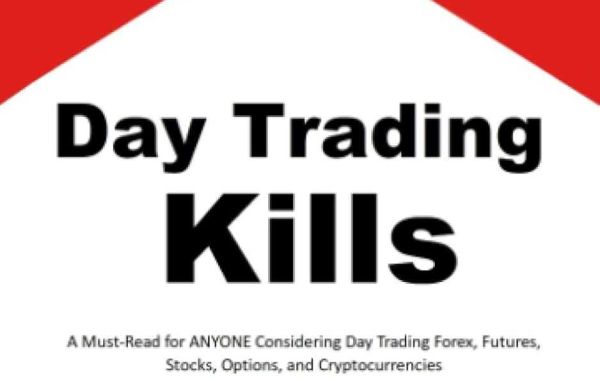Trading in financial markets can be an exhilarating pursuit, laden with opportunities for significant profits. However, it is also fraught with hazards that can lead to substantial losses. Whether you are a novice trader or a seasoned professional, being aware of the various trading hazards is crucial to protecting your capital and ensuring long-term success. This article will explore some of the most common trading hazards, their causes, and strategies to mitigate the risks involved.
1. Market Volatility
Market volatility refers to the rapid and often unpredictable price movements of financial instruments. High volatility can create opportunities for traders to capitalize on price swings, but it can also lead to severe losses. The causes of volatility can include economic announcements, geopolitical events, and natural disasters, among others.
Mitigation Strategy:
To manage the risks associated with market volatility, traders should employ effective risk management techniques. Implementing stop-loss orders can help limit losses by automatically closing positions at predetermined price levels. Additionally, traders should consider diversifying their portfolios to spread risk across different asset classes, reducing the overall impact of volatility.
2. Lack of Knowledge and Experience
One of the most significant hazards traders face is lack of knowledge. The financial markets are complex, and trading requires a solid understanding of market fundamentals, technical analysis, and the economic factors that influence asset prices. Beginners often underestimate the importance of education and may rely on tips from unverified sources or social media platforms, leading to poor decision-making.
Mitigation Strategy:
Education is critical in navigating the hazards of trading. Aspiring traders should invest time in learning about the markets through online courses, webinars, and trading simulators. Additionally, paper trading—simulating trades without using real money—allows traders to practice strategies and gain confidence before committing actual capital.
3. Emotional Trading
Emotions such as fear and greed can significantly impact a trader's decision-making process. Fear may lead to impulsive selling during market downturns, while greed can prompt traders to take unnecessary risks in pursuit of higher profits. Emotional trading often results in erratic behavior, straying from pre-defined trading plans and strategies.
Mitigation Strategy:
To combat the pitfalls of emotional trading, it is essential to develop a robust trading plan that outlines specific goals, risk tolerance, and entry and exit strategies. Adhering to this plan can help traders remain disciplined, reducing the influence of emotional responses on their trading decisions. Additionally, integrating mindfulness practices such as meditation can enhance emotional regulation and support rational decision-making.
4. Over-Leveraging
Leverage allows traders to control a larger position with a smaller amount of capital, amplifying potential profits. However, it also increases risk significantly. Over-leveraging means trading with too much borrowed capital, which can lead to devastating losses that exceed the initial investment. Many novice traders may overstretch their limits, attracted by the promises of quick wealth.
Mitigation Strategy:
Managing leverage is crucial for long-term viability in trading. Traders should assess their risk tolerance and avoid taking positions that exceed their comfort level. A good rule of thumb is to use leverage conservatively, ensuring that the potential reward outweighs the risk. Many experienced traders adhere to the principle of risking only a small percentage of their trading capital on a single trade, often no more than 1% to 2%.
5. Lack of a Trading Plan
Entering the market without a well-defined trading plan is akin to navigating a ship without a compass. A trading plan provides a structured approach to trading, detailing strategies, risk management techniques, and performance evaluation criteria. Without a plan, traders may succumb to randomness in their actions, leading to inconsistency and losses.
Mitigation Strategy:
Creating a comprehensive trading plan is essential. This plan should include specific criteria for entering and exiting trades, as well as guidelines for position sizing and risk management. Regularly reviewing and adjusting the trading plan based on market changes and personal performance can ensure continuous improvement.
Conclusion
Trading in financial markets carries inherent risks, but by recognizing and addressing these hazards, traders can bolster their chances of success. Understanding market volatility, enhancing knowledge, managing emotions, avoiding over-leveraging, and establishing a solid trading plan are essential components of a sound trading strategy. Ultimately, the key to navigating trading hazards lies in education, discipline, and a proactive approach to risk management. By staying informed and prepared, traders can transform potential pitfalls into opportunities for growth and profitability.








